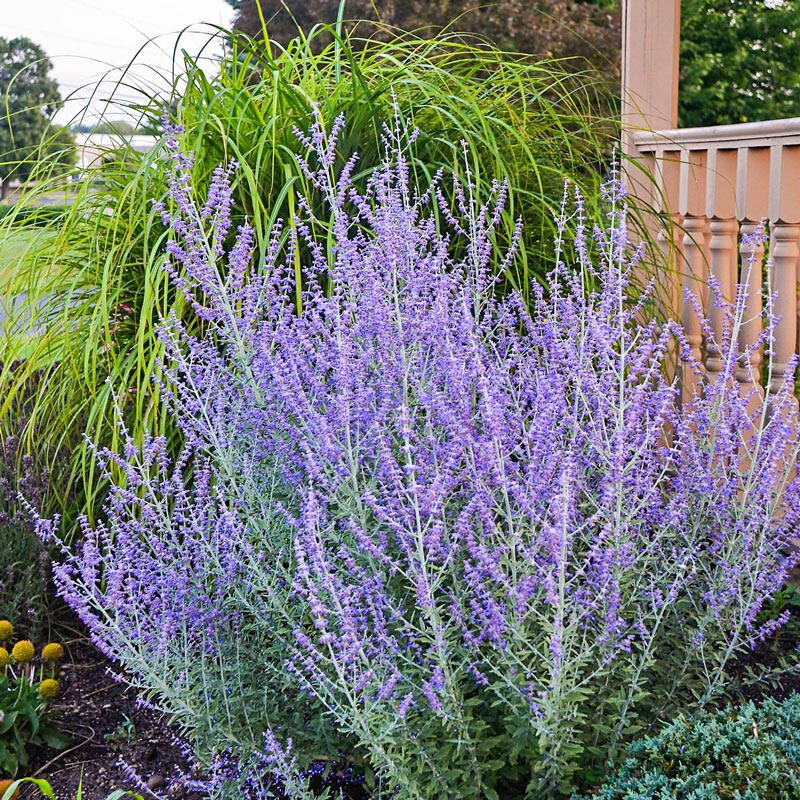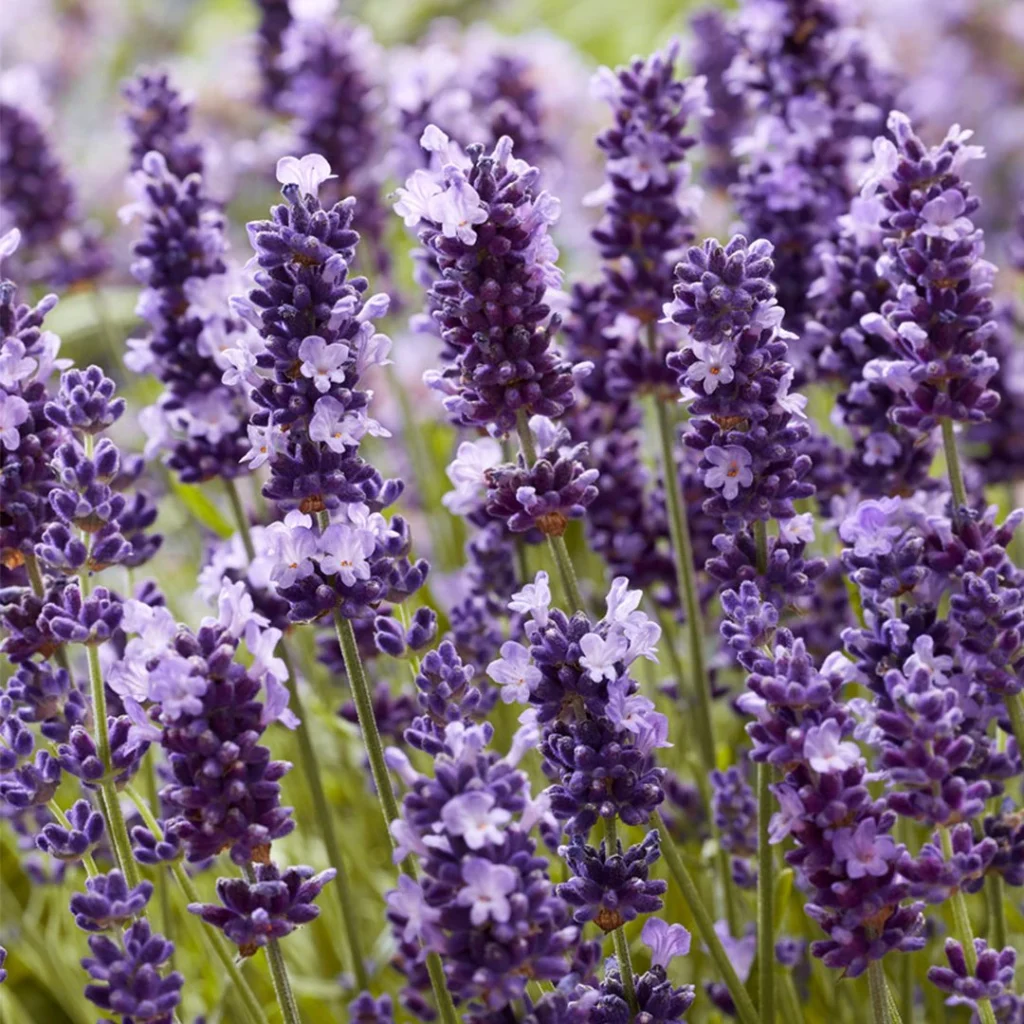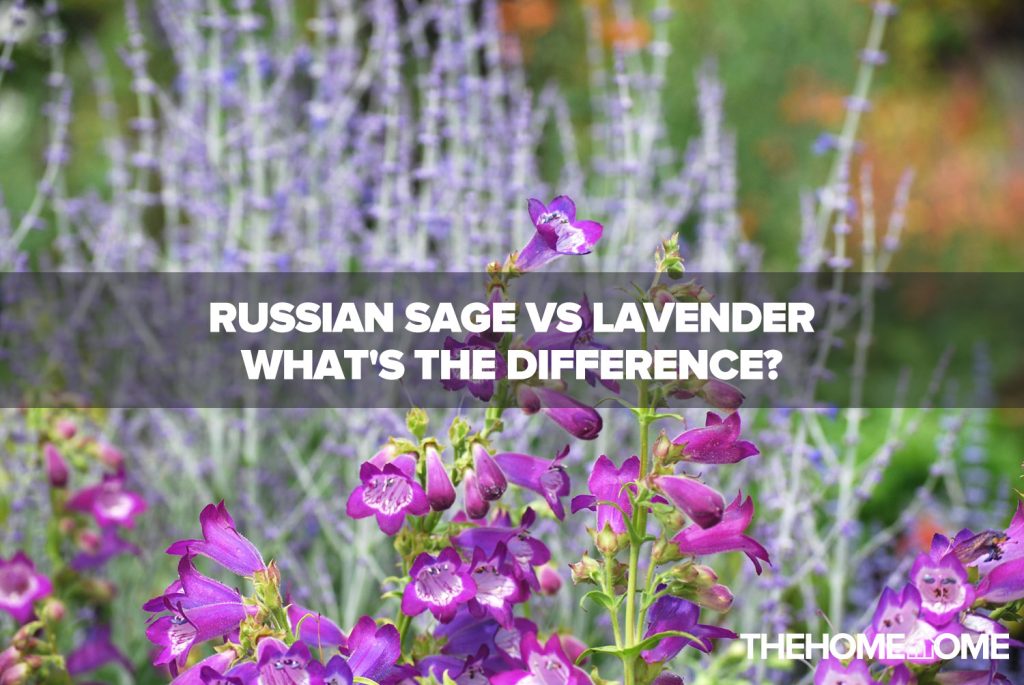Russian sage and lavender are two popular plants and they seem to have some things in common which make people wonder if they have any stand-out differences.
Lavender is a well-known herb in culinary kitchens and gardens, it is an evergreen plant native to the Mediterranean, you will be surprised how beneficial lavender can be. Russian sage on the other hand is admired for its fragrant foliage and happens to be a no-fuss perennial plant.
There hasn’t been much study on lavender and Russian sage and these two plants happen to be very similar. If you are planning to have this two in your garden or pick one then it is vital to know if there are any differences between them. Both have the same color of flowers.
The main differences between lavender and Russian sage are the hue of the blossoms. Russian sage flowers are blue with a hint of purple while lavender leaves can be purple, blue, or white. So the flower is the major distinction between lavender and Russian sage, but in addition to that, Russian sage has a tubular flower which is characteristic of the saliva genus whereas lavender does not.
Due to the resemblance between Russian sage and lavender, many people have them mixed up in the garden. While there is no harm done to any of them, it can end up as a waste of time and money since they have different uses and benefits. So, stick with us to learn the differences between lavender and Russian sage.
Russian Sage Overview

Russian sage is a low-maintenance plant and it is one of the best summer-blooming perennials. This plant bursts into a flower-like cloud of blue and it’s even more attractive with its elongated gray-green leaves and silver-gray stems as well.
Russian sage is good for quite a lot of things but one of its notable uses involves steeping in tea for some minutes to create a medicinal tea that helps relieve indigestion and stomach pain.
This plant works in the informal wildlife gardens, it grows up to 3 or 4 feet as a perennial shrub and will flower throughout the summer. It tends to attract pollinators like a bee to the garden which makes it suited for cottage gardens and as companions with some mutually beneficial plants.
There are only one species of Russian sage available but they are several cultivars available. Some common varieties of Russian sage are Blue Haze, Blue Spire, Fligran, Longin, and Little Spire.
Lavender Explained

Lavender is a herb native to the mountainous region of the Mediterranean and northern Africa. Lavender is commonly grown for its essential oil and it is relatively easy to plant and care for. This plant has cosmetic and medicinal uses, it is known to be more than just an aromatic plant.
This is one of the most popular garden herbs and just like Russian sage, it is a hardy drought tolerant plant and it will grow best in sunny locations with well-drained soil.
It is best to plant lavender in spring out in the garden as the summer heat enables the root to get established properly. Lavender starts as a plant with bright purple flowers and it does have a soothing fragrance that can help attract pollinators to the garden.
Russian Sage vs Lavender: What’s The Difference?
Russian sage and lavender might be similar but they are not the same. Russian sage is a really cool plant and it can be propagated and cared for in similar ways as the sage plant so the most noticeable difference between them is the flowers.
The colors, shape, size, and blooming of Russian and lavender flowers are very different and that’s how you can best tell the difference between them.
The Lavender plant can also be used for flower arrangements just like Russian sage but lavender inflorescence looks more beautiful since it has more colors in its range.
Here’s a table listing some notable differences between Russian sage and Lavender.
| Russian Sage | Lavender |
|---|---|
| Russian sage has a tubular flower that is a characteristic of the saliva genus | Lavender does not have any tubular flower |
| This plant can be chopped back at the end of its growing season | It will only respond well to being chopped back in spring |
| Flowers of Russian sage only measure an inch | Lavender flowers are symmetrical and can grow up to 4 inches in diameter |
| Russian sage blooms from mid-summer to late September or early October | Lavender blooms earlier than Russian sage, it usually begins in late spring and July |
| It can easily exceed 5 feet in height, and 4 feet in width | Lavender is slightly denser and compact but flower panicles make it look taller than Russian sage |
| Russian sage does not bloom in warmer climates early, it starts in late spring. | Lavender will tolerate lower temperatures than Russian sage hence it tends to bloom earlier |
| Russian sage smells vaguely of sage and has a hint of mint. | Lavender has a sweet delicate sweet smell that is familiar in perfumes. It has a floral, herbal, and woodsy evergreen scent as well. |
Frequently Asked Questions
Can you plant Russian sage and lavender together?
Russian sage and lavender can be planted together since both thrive in the same condition. No matter the variety, both Russian sage, and lavender works perfectly with other low-water plants while Russian sage can help attract bees and butterflies to your garden generally.
How do I identify Russian sage?
Russian sage is a perennial plant with attractive elongated green leaves. This plant has square silvery-gray stems and does produce an airy cloud of color in the summer. The grayish-green of Russian sage can be mistaken for that of lavender but it can be identified with its showy bluer to purple flowers.
Does Russian sage smell like lavender?
The location where your Russian sage is planted will determine what it smells like. Russian sage often has a sage-like smell and can be sometimes mixed with lavender. Russian sage known as fragrant is fresh sage but if planted in the lavender garden then it can smell a little like it.
What is lavender good for?
Lavender is not like other herbs in the mint family, it is good for quite a lot of things. It is believed to have anti-inflammatory and antiseptic properties hence it is used in healing bug bites and minor burns. There is also lavender oil which has some uses in the kitchen and can be used in easing stress as well.
Wrapping Up
Russian sage might look a lot like lavender but they are not the same and a closer look will show that.
Russian sage is often used as a culinary herb but it belongs to the family of the flowering plant commonly known as mint which is the same family lavender belongs to. Lavender on the other hand is more of a culinary herb.
In conclusion, lavender is a much-preferred option in any garden and it does have more benefits.

